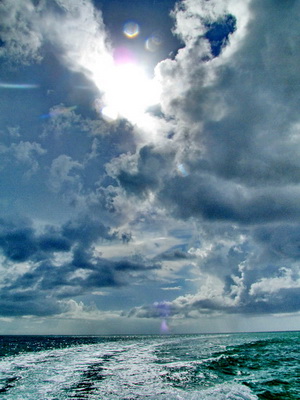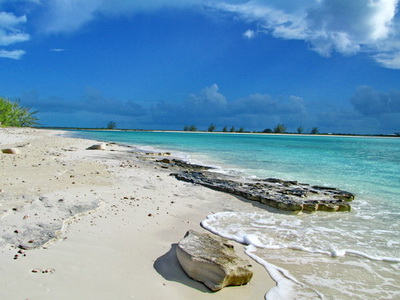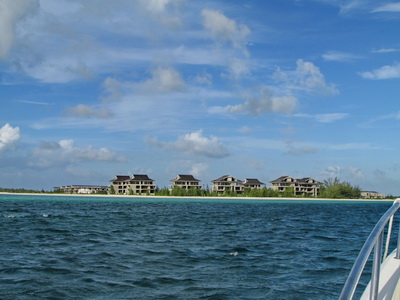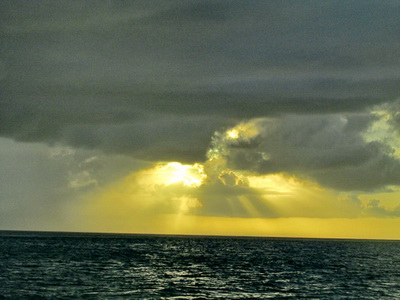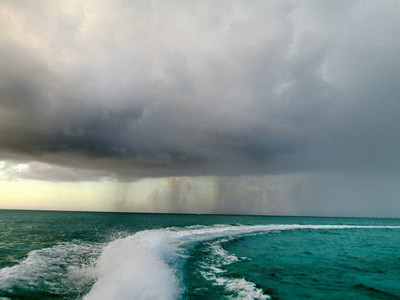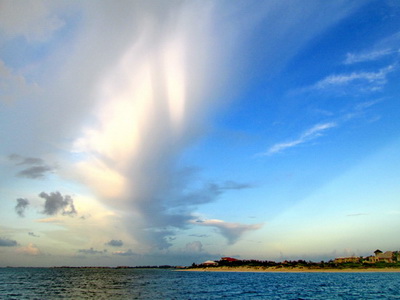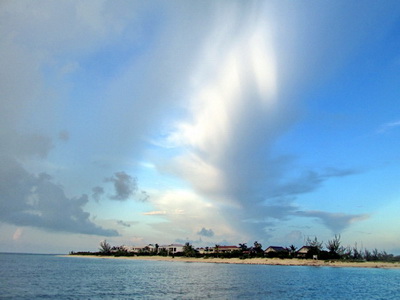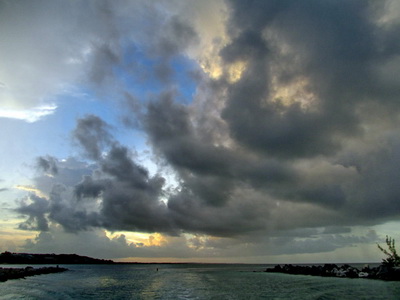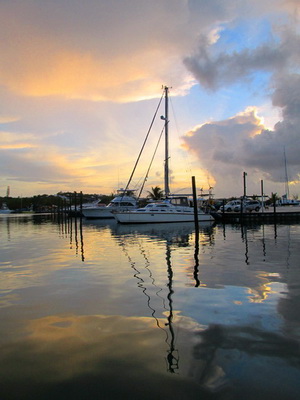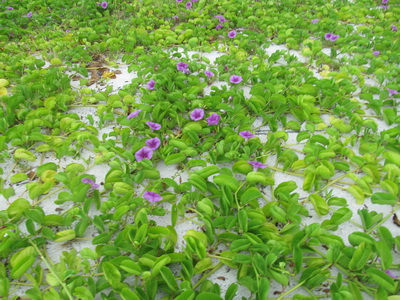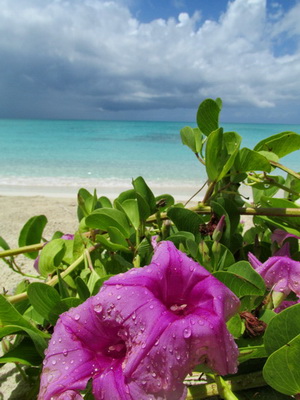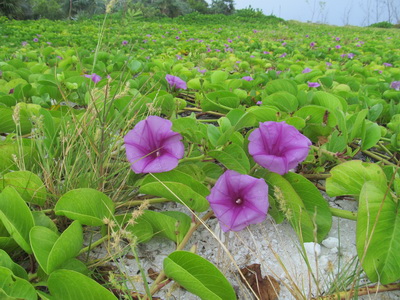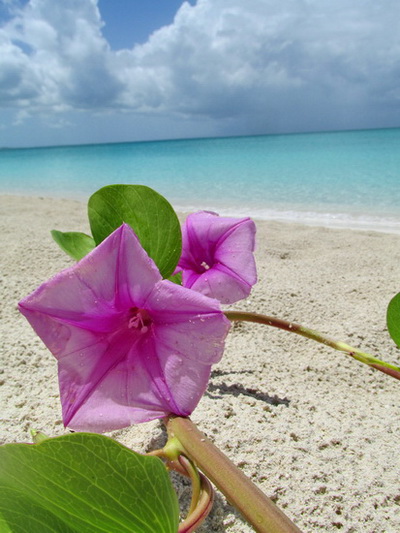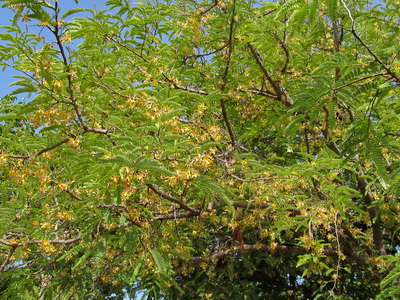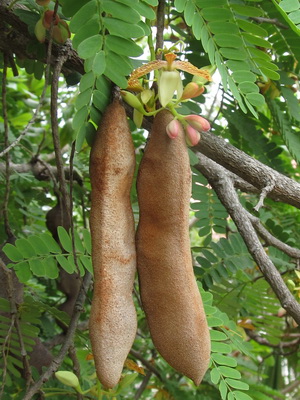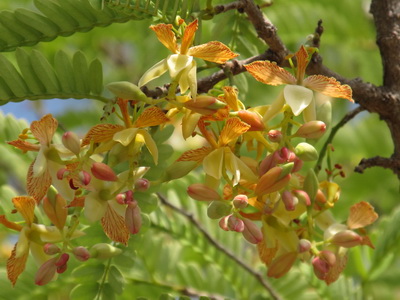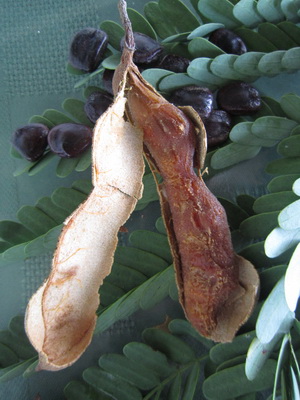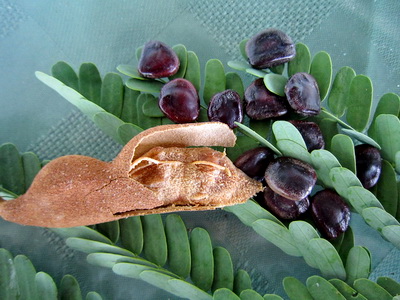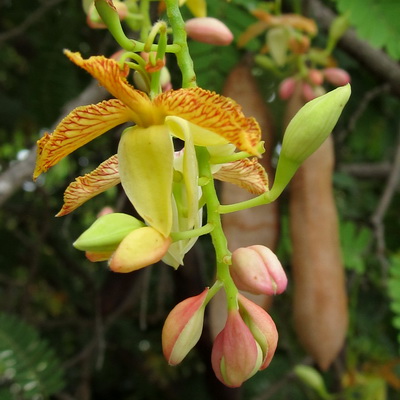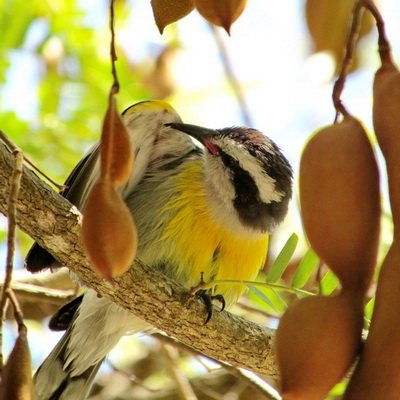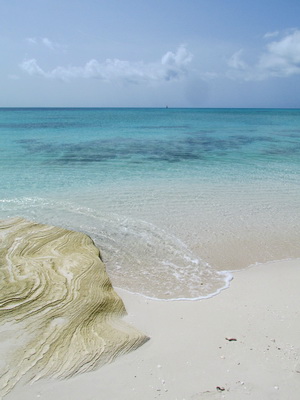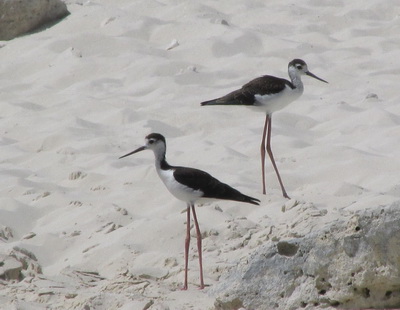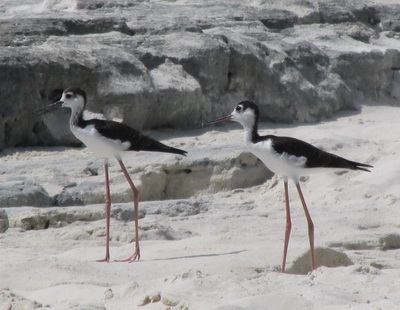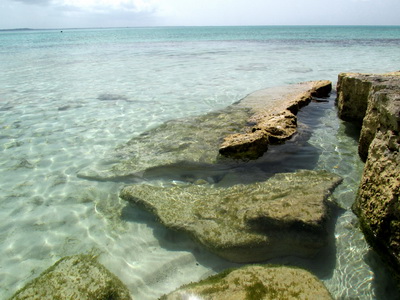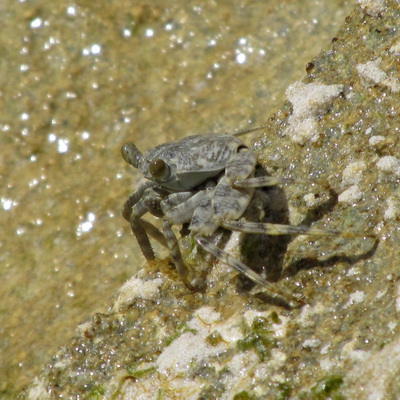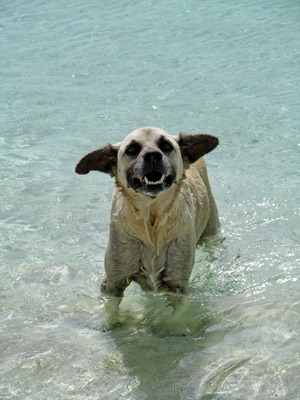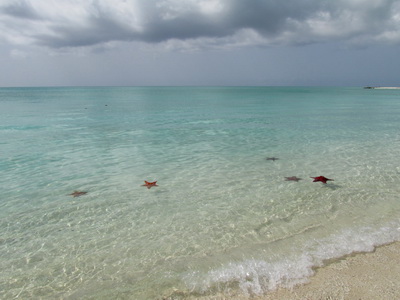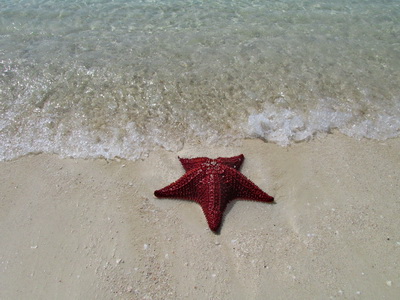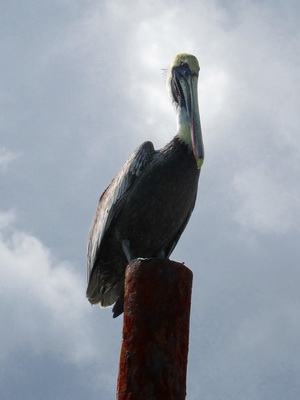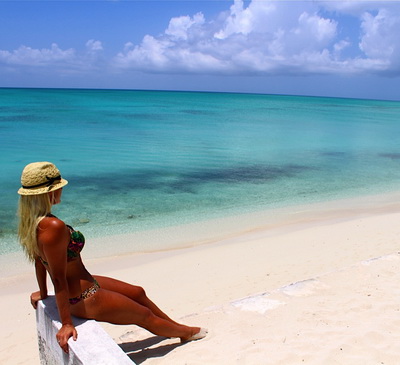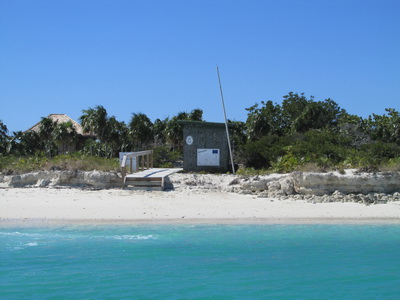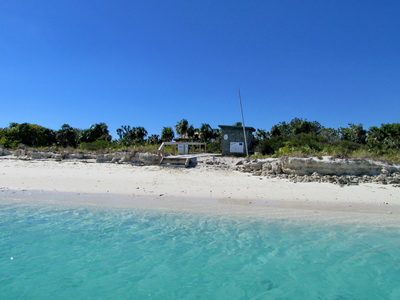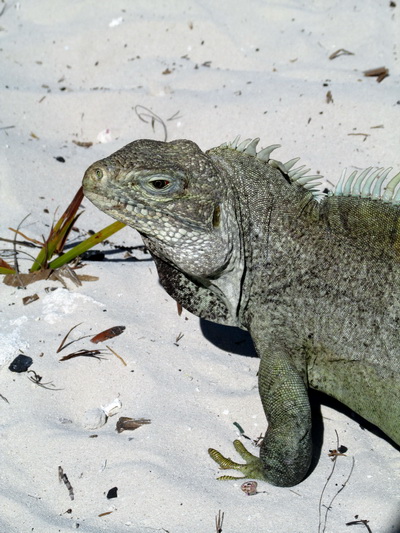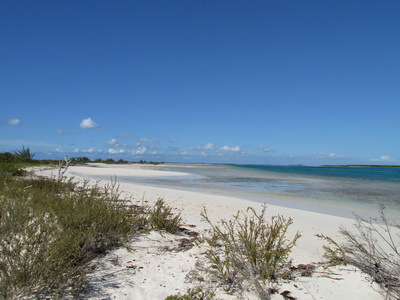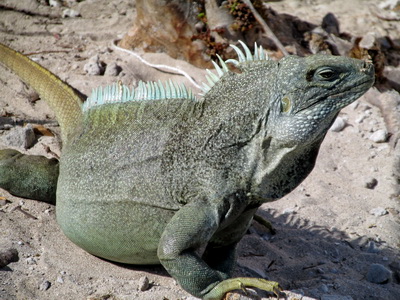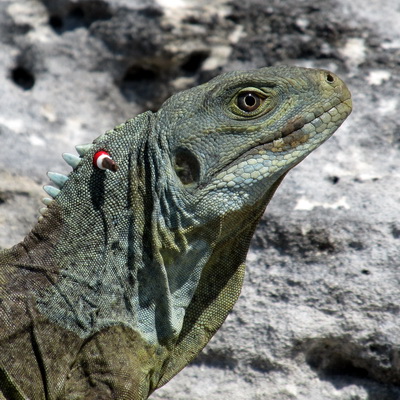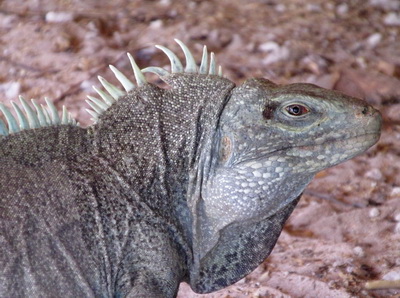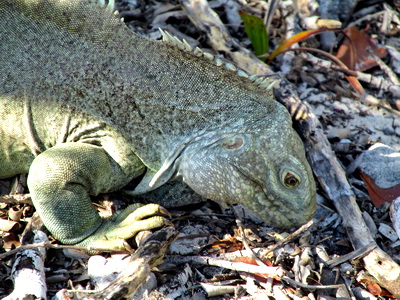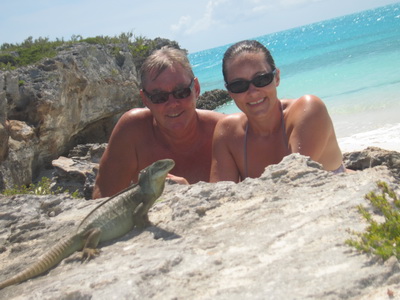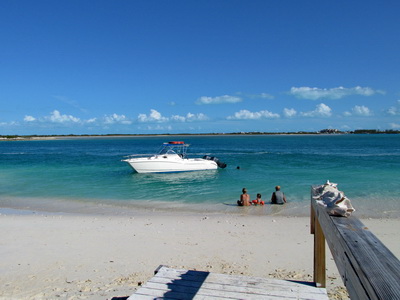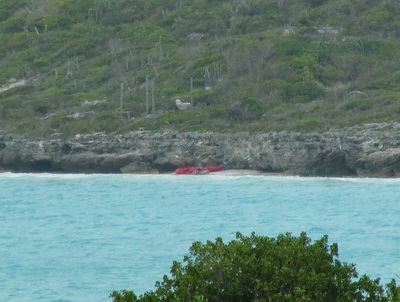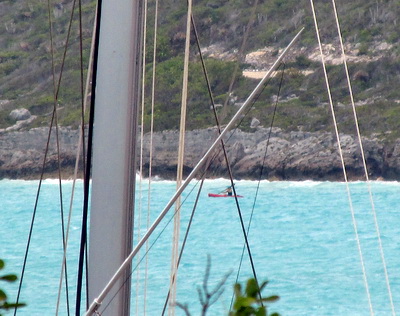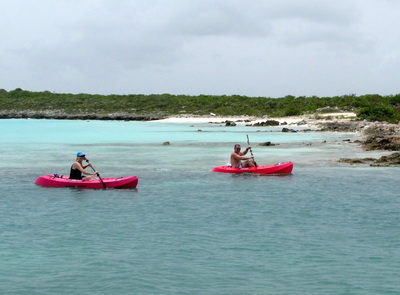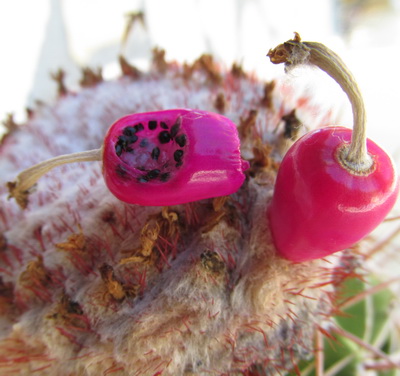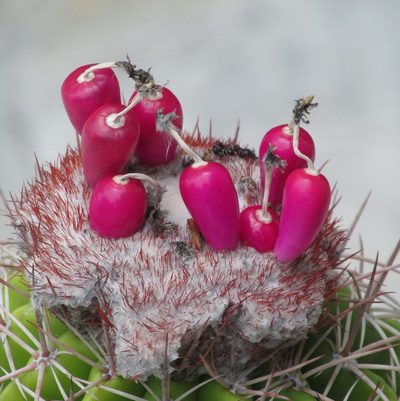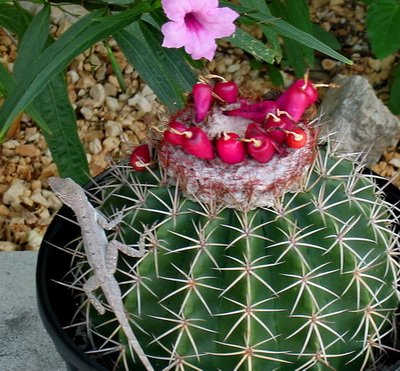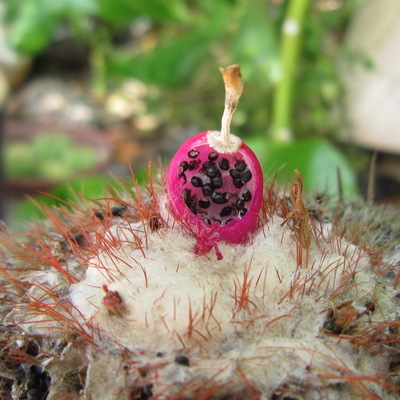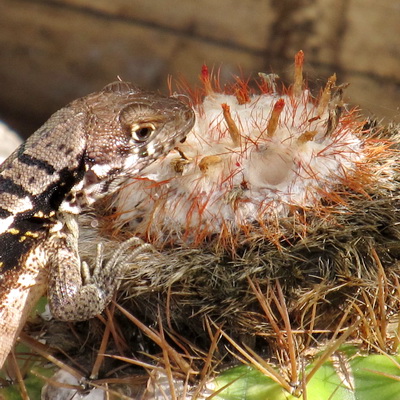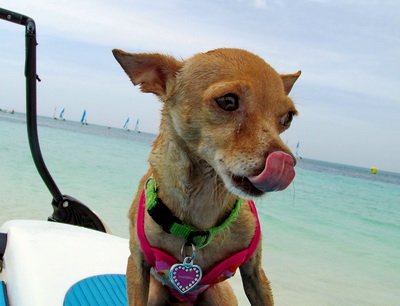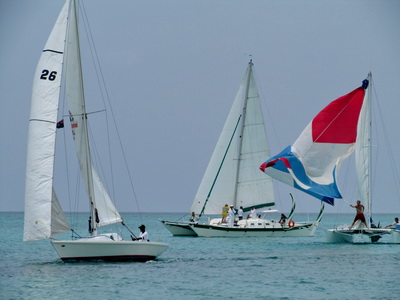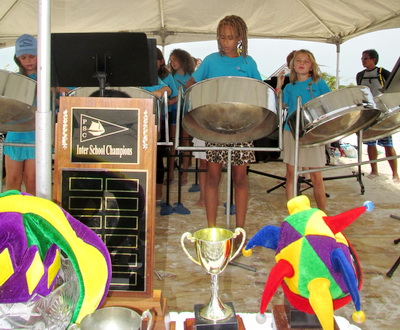A beautiful sunny day on Sunday until about 2 pm and of course our planned boat trip for some beach, water and sunshine time. We headed out and this was the amazing skies behind us as we tried to find our little piece of sunshine. Here are photos of the changing skies as we headed towards Dellis Cay. We saw it all on our Sunday trip from sunny skies and puffy white clouds to somber, dark rain clouds and sunset skies too.
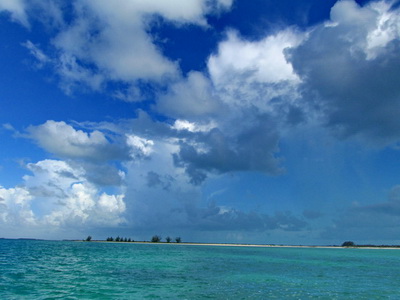
View from Dellis Cay looking towards Pine Cay........ such magnificent colours in shades of turquoise and blue.
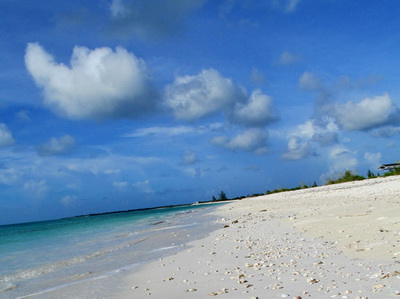
Years ago we would come to Dellis to find sand dollars and shells ..... the best shelling beach in the TCI.
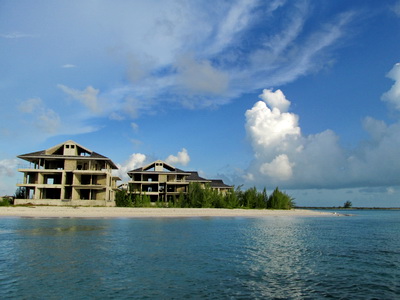
The abandonned buildings on Dellis Cay stand forlornly looking out as the world goes past through its' empty windows
Dellis Cay is a 560-acre private island that got its name from the Dellis family who lived on the island and earned their living sponge farming in the 1950’s. It lies to the east of Pine Cay and is a 20 minute boat ride from Providenciales. Years ago, island excursions, locals and visitors alike would spend many hours wandering the beautiful beaches, picking up numerous shells as well as hunting for sand dollars. Unfortunately there were no sand dollars that I saw but the shells are still all over the beach.
The beauty that was Dellis Cay is now spoiled by the unfinished structures of a failed resort scheme that formed part of the 2008 Mandarin Oriental Dellis Cay Project. One part of this complex called The Residences at Mandarin Oriental was supposed to open in 2010 but went bankrupt, construction was halted as you can see from the photos and financial problems caused cancellation of the development. And so the empty shells of deluxe private villas and residences on the beach stand waiting and watching and are faced with an uncertain future.
You simply can’t have a bad day in the islands……..rain or shine. Besides, what’s a bit of rain amongst good friends?
Marta
http://www.harbourclubvillas.com

